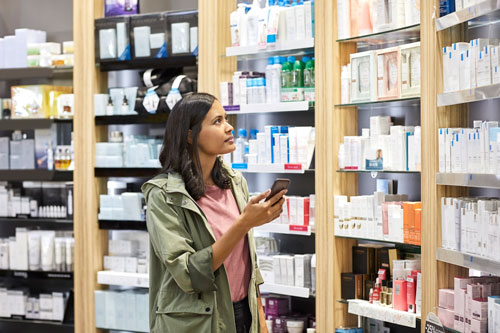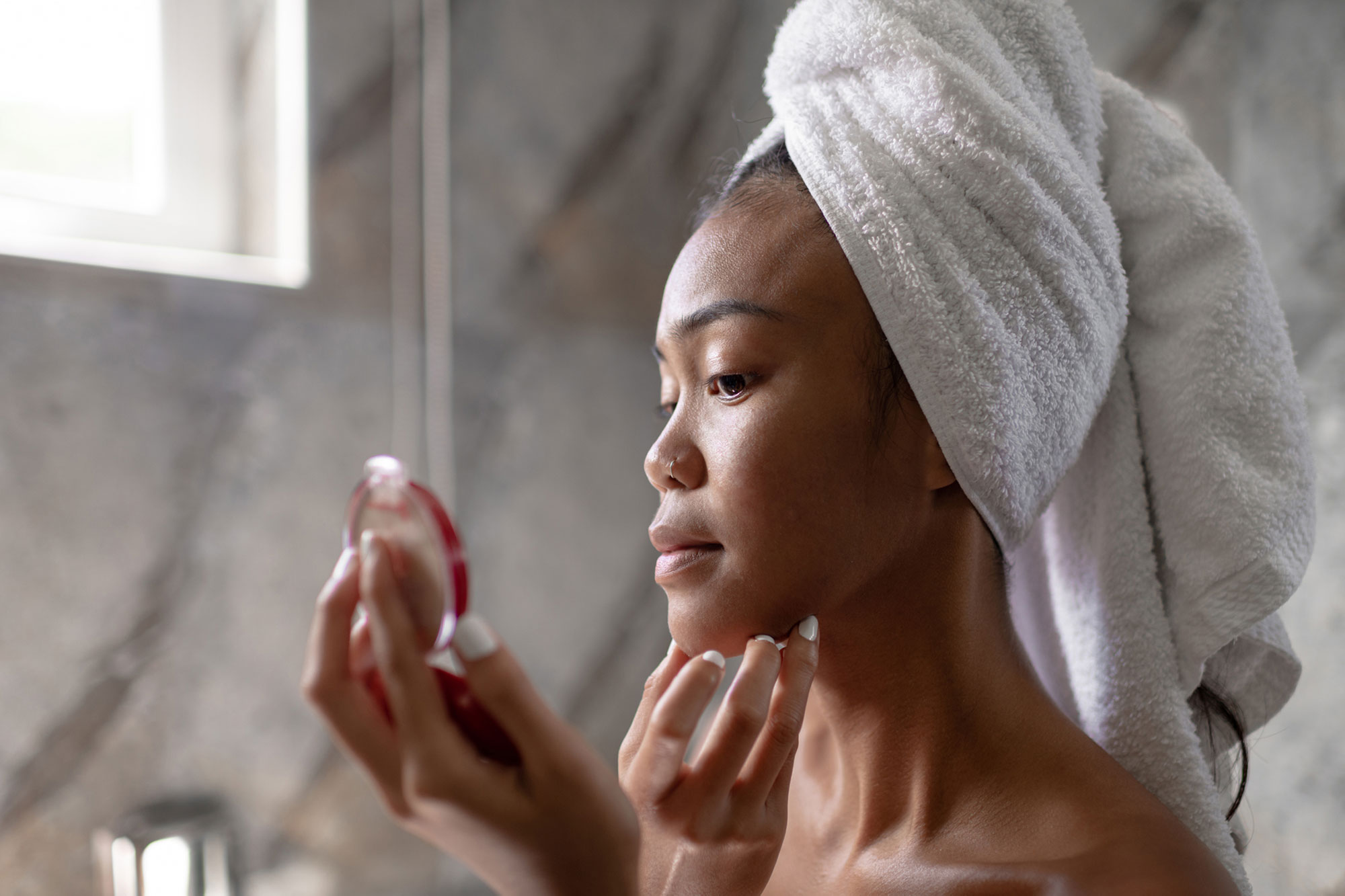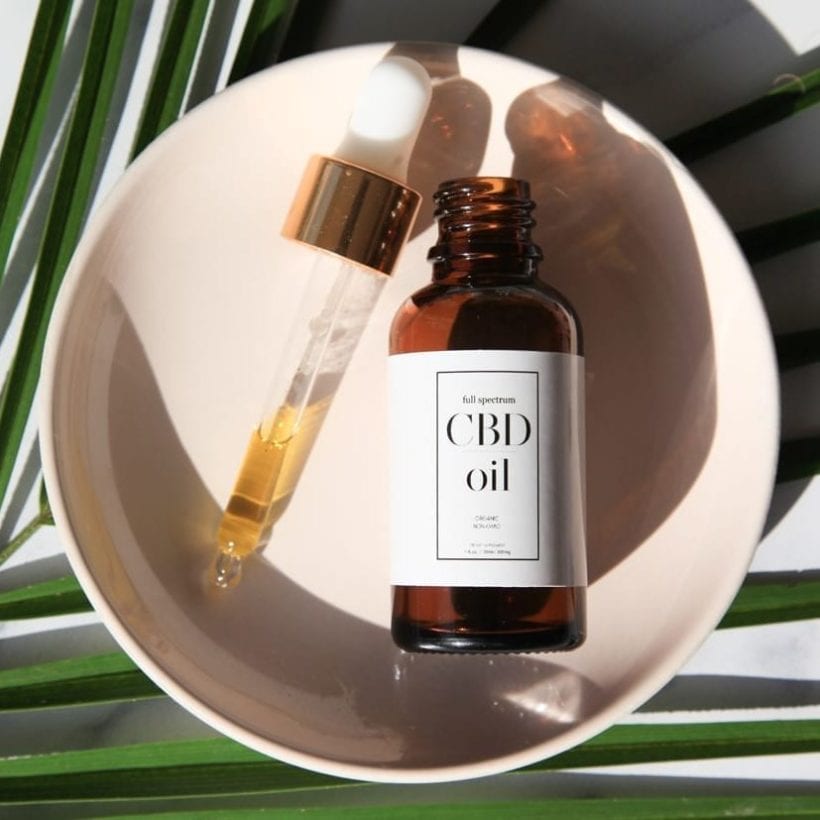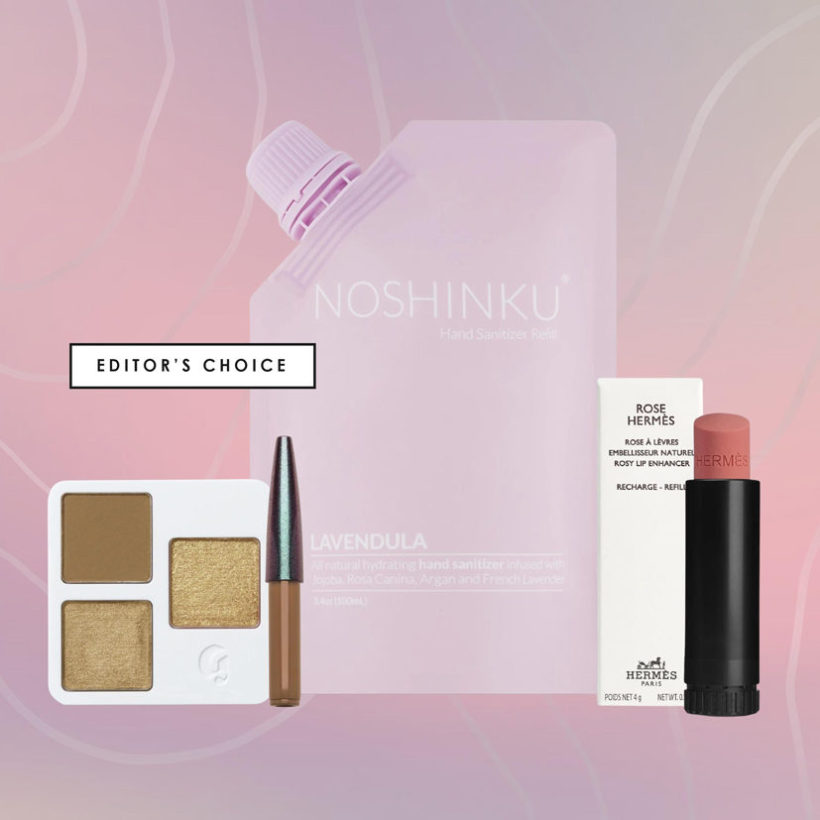Have you ever asked, or has someone asked you, “Why does it seem like so many people have cancer these days?” Or maybe, “Why do so many people have autoimmune diseases lately?” And “I know so many people with fertility issues.” Your (potential) observations aren’t wrong: Cancer rates have steadily risen in the last three decades; autoimmune diseases like rheumatoid arthritis, Hashimoto’s thyroiditis, and celiac disease continue to balloon; infertility is on the rise. So what’s the answer? It may be in part to PFAS.
What Are PFAS?
Perfluoroalkyl and polyfluoroalkyl substances. In short, they are manufactured substances used in a variety of items for a variety of purposes. These can include a coating on clothing to make it waterproof, a coating on pans to make them non-stick or in lipstick to make it long-lasting. They might be in fast-food wrappers, paint, dental floss, microwave popcorn bags, or carpet. They are also used in electronics, cars, and the construction and aerospace sectors. And their nickname, the reason they are scary and worth knowing? Forever chemicals. Did you ever play Red Rover as a kid, where you make a chain linking arms and another kid runs across to try to break through the chain? Well, with PFAS, their chain of fluorine and carbon is so strong that no one can break through. “They are classified as forever chemicals because they never break down in our environment,” explains Yashi Shrestha, the director of science and research at Novi Connect, which helps beauty clients develop clean products for consumers. “They last in our environment forever, which is another concern because that can bioaccumulate over our food chains. We can’t really get rid of them.”
“They’re so prevalent,” says Shrestha. “They’re in our drinking water, in the air we breathe — sadly, they’re hard to avoid.” Yes, you have PFAS in you. “We know that these chemicals are found in nearly every single person in the United States and around the globe, for that matter,” says Dr. David Andrews, a senior scientist at the Environmental Working Group.
What Damage Can They Do?
“PFAS are linked to a series of health hazards — to anything from liver damage to thyroid diseases, to fertility issues,” says Shrestha. As studies on PFAS continue, “We’re learning how detrimental they are to so many different parts of our bodies,” adds Dr. Andrews. “There’s a high certainty that exposure is linked to thyroid disease, high cholesterol, liver damage, kidney cancer, lower birth rate, testicular cancer, and they reduce the effectiveness of vaccines.” A study in 2020 found that adults with COVID-19 were much more likely to be hospitalized if they had specific PFAS in their system. “They seem to have the ability to cause harm throughout our body.” The reason? “PFAS stick to blood and that’s what enables them to be distributed throughout our body.”
And we’re not talking megadoses of the stuff either. “They can be harmful at incredibly low concentrations,” explains Dr. Andrews. And based on how they accumulate in our bodies and the environment, “we think it’s prudent to reduce or eliminate exposure through any source as much as possible,” he adds.
PFAS in Beauty Products

One area that has received a fair bit of attention lately is PFAS in beauty products, both because of studies testing products for prevalence and also because of a bill, the No PFAS in Cosmetics Act, that was introduced to the Senate in 2021 (but hasn’t made much headway since). There is also the PFAS-Free Cosmetics Act, which was signed into law in California.
So why are they in beauty products in the first place? “PFAS are used for the function of improving the consistency or giving that slippery shine or making things waterproof,” Shrestha explains. And which of our hair, skin, and makeup products might contain PFAS? “In recent studies, [researchers] found a larger content of PFAS in waterproof mascara, liquid lipsticks, eyeliners, foundations, and even lotions and cleansers,” says Shrestha. “Anything that says ’24-hour lasting’ or ‘waterproof’ — that’s of concern in those categories.” How would PFAS appear on a product label or ingredient list? Anything that starts with “perfluoro” and “polyfluoro” like perfluorohexane, perfluorononyl dimethicone or PTFE. But those are the intentionally-added PFAS.
“There are situations where they may be contaminated or treated with PFAS, or an impurity in the raw materials, so in that case there may be PFAS, but it’s not intentionally added so you won’t see those on the labels,” Shrestha explains. It could be something in the supply chain that a product manufacturer isn’t aware of. “We’ve seen that in organic colorants, mica, or silicone,” she says. So unfortunately you can’t always tell from the ingredient list what may be lurking inside if a company doesn’t have complete knowledge of its supply chain. PFAS can also be in packaging, which has shown to leach into food; however, there aren’t current studies confirming the leaching of PFAS from packaging into beauty products.
Finally, the big question we need to ask: Do PFAS need to be in our beauty products? No, they don’t. There are safer alternatives on the market.
How to Minimize PFAS Exposure
One place to start: Your beauty products. “The first step is to educate yourself around what PFAS are and what are common ingredients to look out for,” Shrestha recommends. Especially pay attention to ingredient labels on things that are waterproof and long-lasting.
Have your say. “It’s worth consumers’ time to reach out directly to companies of products they use and ask what’s being done about PFAS in their products and in their packaging,” suggests Dr. Andrews. “Ultimately, consumers are purchasing products and have the power to shift the market. By asking those questions and expressing concerns, that ends up driving the number of companies [to change].”
“When action is taken, when companies move away from some of the chemicals, it will improve our exposure and ultimately reduce the potential for health harm.”
He also recommends “reaching out to the legislators, both on the local and federal level, that are working to provide an overhaul in the regulatory system.” Shrestha adds that there are advocacy groups like Toxic Free Future, Consumer Reports, and Clean Water Action tackling the issue: “Supporting those nonprofits and their advocacy work is one way to get involved.”
And encourage your favorite beauty brands to participate in third-party testing. A spokesperson from clean brand Tower 28 said they’re “participating in third-party PFAS testing to ensure the safety of our products, as our customers’ health is something we care deeply about.”
But Dr. Andrews warns against falling under the spell of products labeled as PFAS-free. “The term ‘PFAS-free’ doesn’t have a universal definition so it would ultimately be misleading to consumers.” That doesn’t mean testing isn’t happening, especially with legislation on the table. “I would be surprised if most companies aren’t at least doing something to consider their potential risk or liability as well as the security of their products,” he says.
And that’s what we need to see — an industry-wide shift to eliminate PFAS in products, ingredients through the supply chain, packaging, and storage containers. “When action is taken, when companies move away from some of the chemicals, it will improve our exposure and ultimately reduce the potential for health harm,” says Dr. Andrews. “It’s a solvable problem — it takes initiative to end ongoing use and release these chemicals into the environment and things will improve with time.”







